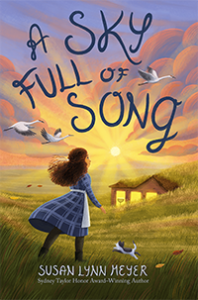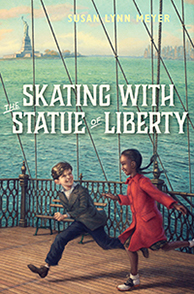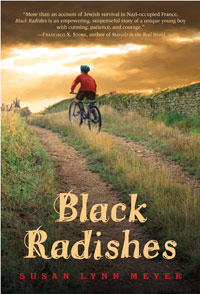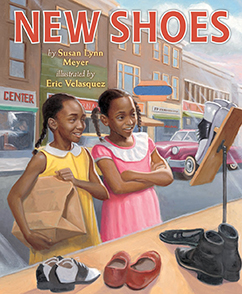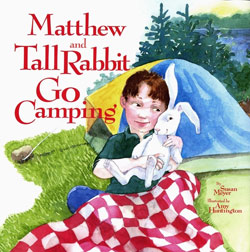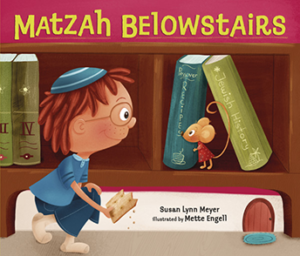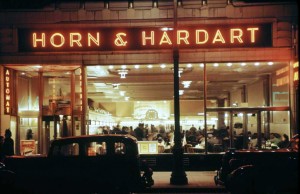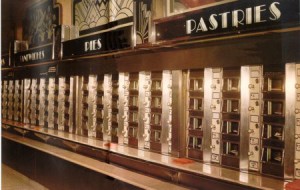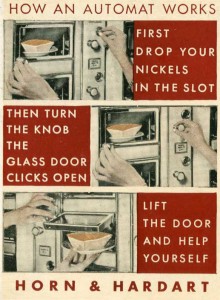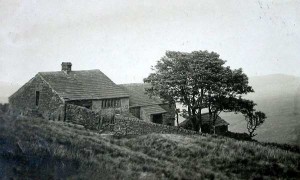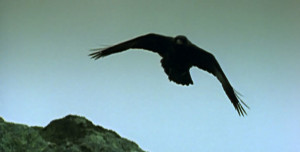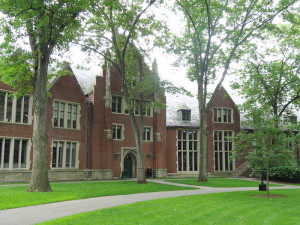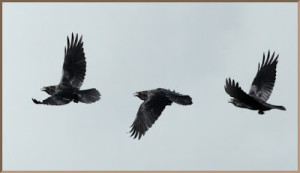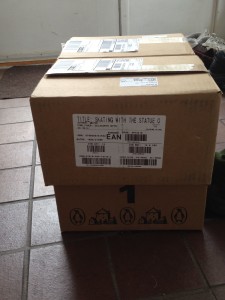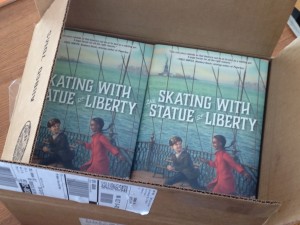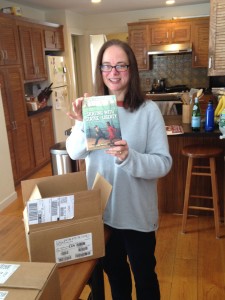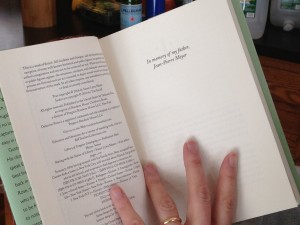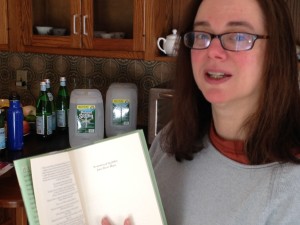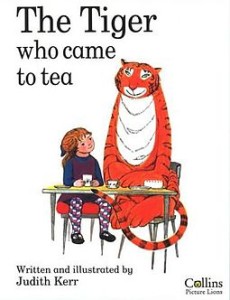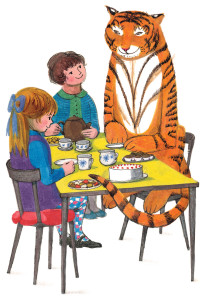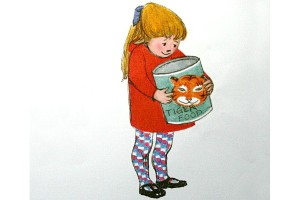In chapter 22 of Skating With the Statue of Liberty, Cousin Henri takes Gustave and Jean-Paul to the Automat before they go to the movies.
Horn & Hardart Automats were founded by Joseph Horn and Frank Hardart. Hardart, who born in Germany, was inspired to bring a German style of cafeteria to the United States. Together, Horn and Hardart opened the first one in Philadelphia in 1902. In 1912, they opened the first one in Manhattan. Automats were a huge hit in the United States. At one point, there were forty of them in New York City. Sadly, the last one in New York City closed in 1991.
My Dad told me that when he was a boy in New York, they never said “Horn and Hardart.” They always just called them “the Automat.”
The restaurants were gigantic open spaces filled with shiny, cafeteria-style tables. The walls were lined with gleaming chrome and glass compartments filled with food. You put coins in, turned a knob, opened the door, and pulled out a plate with your food on it. Workers on the other side of the wall then filled the window back up.
After suffering through food shortages in France (as you’ll remember if you’ve read Black Radishes), Gustave and Jean-Paul are overwhelmed by the massive amount of food in this American restaurant. Jean-Paul, who has been living in Paris, where getting food has been especially difficult for his family, goes a little crazy, running around and planning out what he’s going to eat.
Kids loved eating at Automats because they could pick exactly what they wanted.
My father told me that his favorite thing to get there when he was a boy and a young man was cheesecake.
In my whole life, I never saw my father eat cheesecake, though. When I was a little girl and he was quite a young man, he had a heart attack. He completely changed his diet, and he never ate food as fatty as cheesecake again. I saw him eat an awful lot of apples and bananas and o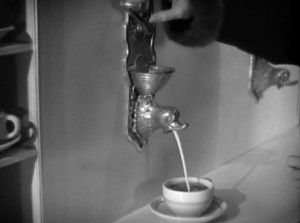 ranges, though! When we were kids (I have five brothers and sisters), he would slice up a couple of apples for all of us for dessert and cut the slices to look like fish, carving eyes and mouths and fins. I cut apple slices in the same way for my daughter when I became a mom.
ranges, though! When we were kids (I have five brothers and sisters), he would slice up a couple of apples for all of us for dessert and cut the slices to look like fish, carving eyes and mouths and fins. I cut apple slices in the same way for my daughter when I became a mom.
But back to the Automat. Gustave and Jean-Paul are especially fascinated by the coffee machine, where they watch Cousin Henri pour coffee from what looks to them like the golden head of a dragon, although it was modeled on the head of a dolphin from an Italian statue. The coffee at the Automats was famously strong, black, and delicious. Workers were trained to dump out unused coffee every twenty minutes, so the coffee there was always fresh.
In a few years, when Gustave and Jean-Paul are young men, I expect they’ll be back in the Automats with their friends, drinking the coffee themselves. It will still only cost a nickel!
